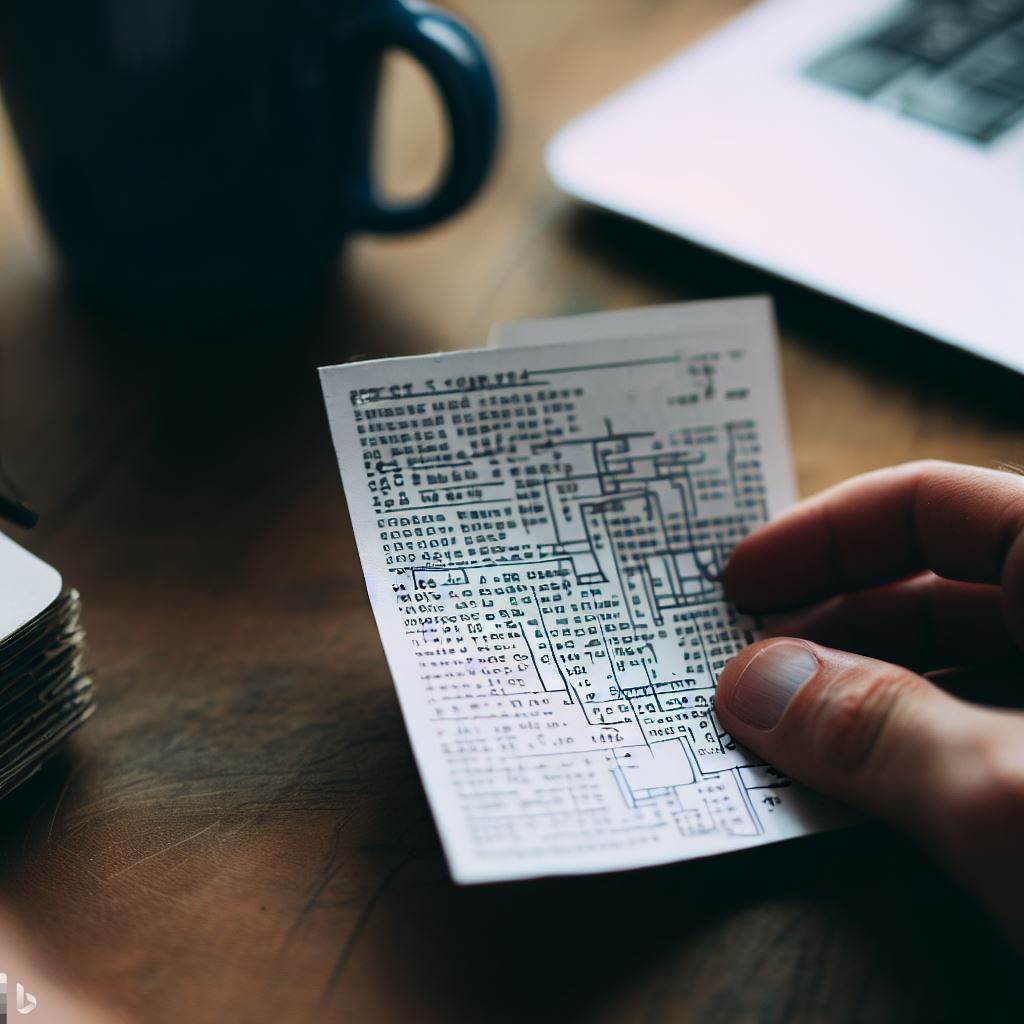1. Import TensorFlow
pythonCopy
import tensorflow as tf
2. Tensors
- Create constant tensor:
pythonCopy
tensor = tf.constant([[1, 2], [3, 4]])
- Create variable tensor:
pythonCopy
var = tf.Variable([[1, 2], [3, 4]], dtype=tf.float32)
- Convert NumPy array to tensor:
pythonCopy
import numpy as np
array = np.array([1, 2, 3])
tensor = tf.convert_to_tensor(array)
3. Tensor Operations
- Element-wise addition:
pythonCopy
result = tf.add(tensor1, tensor2)
- Element-wise multiplication:
pythonCopy
result = tf.multiply(tensor1, tensor2)
- Matrix multiplication:
pythonCopy
result = tf.matmul(tensor1, tensor2)
- Reshape tensor:
pythonCopy
result = tf.reshape(tensor, new_shape)
4. Eager Execution
- Check if eager execution is enabled:
pythonCopy
print(tf.executing_eagerly())
5. Gradient Tape
- Compute gradients:
pythonCopy
with tf.GradientTape() as tape:
loss = compute_loss()
gradients = tape.gradient(loss, variables)
6. Keras
- Create a simple sequential model:
pythonCopy
from tensorflow.keras import layers
model = tf.keras.Sequential([
layers.Dense(64, activation='relu', input_shape=(input_shape,)),
layers.Dense(64, activation='relu'),
layers.Dense(num_classes, activation='softmax')
])
- Compile the model:
pythonCopy
model.compile(optimizer=tf.keras.optimizers.Adam(),
loss=tf.keras.losses.CategoricalCrossentropy(),
metrics=['accuracy'])
- Train the model:
pythonCopy
history = model.fit(x_train, y_train, epochs=num_epochs, batch_size=batch_size, validation_split=0.2)
- Evaluate the model:
pythonCopy
loss, accuracy = model.evaluate(x_test, y_test)
- Save and load the model:
pythonCopy
model.save('my_model.h5')
loaded_model = tf.keras.models.load_model('my_model.h5')
7. Custom Layers and Models
- Create a custom layer:
pythonCopy
class CustomDense(layers.Layer):
def __init__(self, units):
super(CustomDense, self).__init__()
self.units = units
def build(self, input_shape):
self.w = self.add_weight(shape=(input_shape[-1], self.units),
initializer='random_normal',
trainable=True)
self.b = self.add_weight(shape=(self.units,),
initializer='zeros',
trainable=True)
def call(self, inputs):
return tf.matmul(inputs, self.w) + self.b
- Create a custom model:
pythonCopy
class CustomModel(tf.keras.Model):
def __init__(self, num_classes):
super(CustomModel, self).__init__()
self.dense1 = CustomDense(64)
self.dense2 = CustomDense(64)
self.dense3 = CustomDense(num_classes)
def call(self, inputs):
x = tf.nn.relu(self.dense1(inputs))
x = tf.nn.relu(self.dense2(x))
return self.dense3(x)
This cheat sheet covers the basic elements of TensorFlow. For more advanced topics and detailed explanations, refer to the official TensorFlow documentation.


